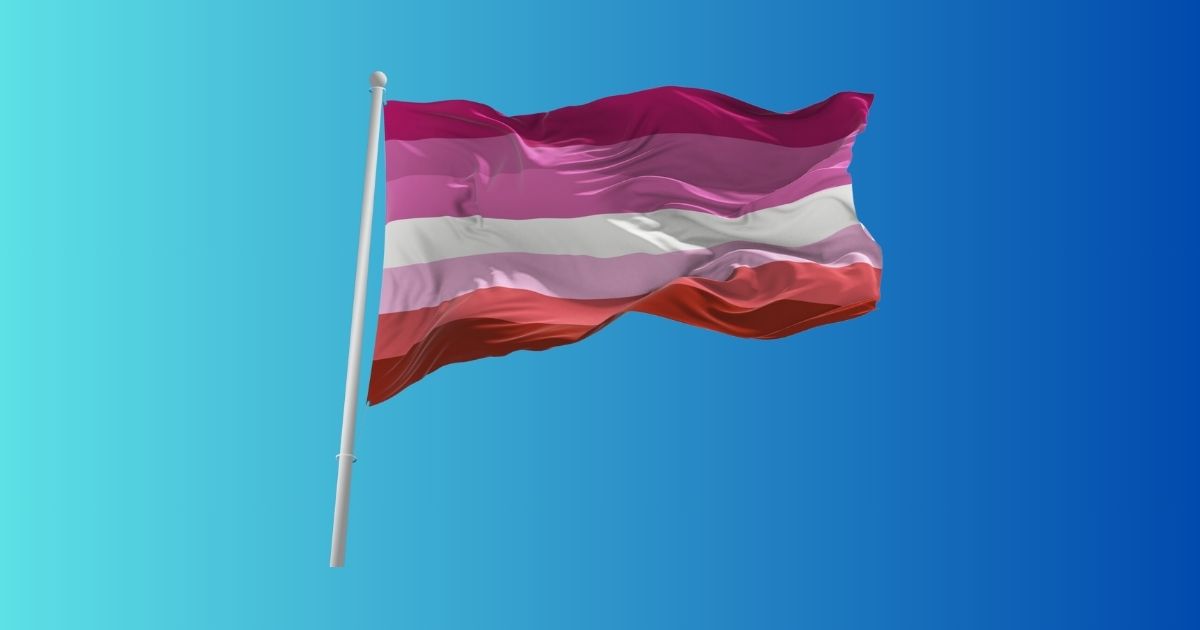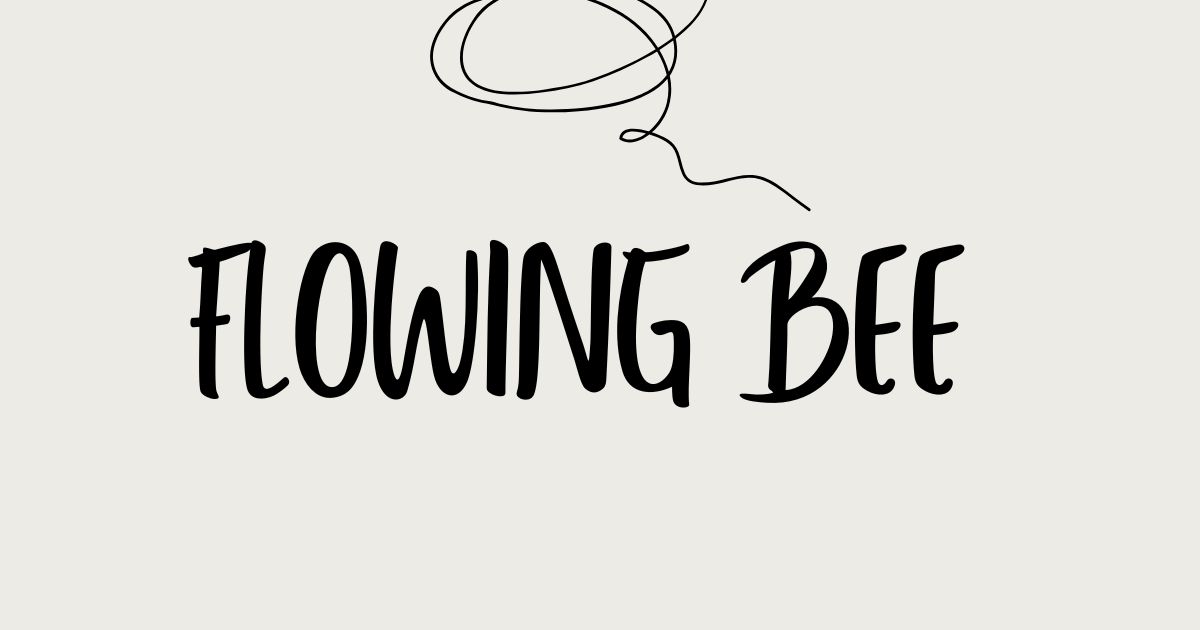The lesbian flag is an important symbol representing the lesbian community, diversity, and pride. Over the years, different versions of the flag have emerged, each carrying a unique meaning and history. In this article, we’ll explore the origins, evolution, and significance of the lesbian flag in detail.
What Is the Lesbian Flag?
The lesbian flag is a visual representation of lesbian identity and pride. Unlike other LGBTQ+ flags, which have remained largely unchanged, the lesbian flag has gone through multiple revisions before reaching its widely recognized form today.
The History of the Lesbian Flag
The lesbian community did not have a universally recognized flag until the 2000s. Before that, different symbols like the double Venus sign and the labrys were used.
In 1999, the labrys flag was introduced, featuring a double-edged axe, a violet background, and a black triangle.
In 2010, the lipstick lesbian flag emerged, featuring pink and red shades with a white bar in the center.
In 2018, a new lesbian flag with orange and pink hues gained popularity, representing inclusivity.
Why Did the Lesbian Flag Change Over Time?
Unlike the rainbow flag, which represents the entire LGBTQ+ community, the lesbian flag faced challenges in gaining acceptance. Some early designs were criticized for not being inclusive enough. The shift toward a more widely accepted version came after community discussions and activism.
The Most Recognized Lesbian Flag Design
The most commonly used lesbian flag today consists of seven horizontal stripes in shades of orange, white, and pink. Each color has a specific meaning:
Dark Orange – Gender nonconformity
Light Orange – Independence and community
White – Unique relationships with womanhood
Light Pink – Serenity and love
Dark Pink – Femininity
This version was designed to be more inclusive and reflective of the entire lesbian community.
Other Variants of the Lesbian Flag
Although the seven-stripe design is the most recognized, there are other variations:
Five-stripe flag – A simplified version that retains the main colors.
Labrys flag – Still used by some feminist and radical lesbian groups.
Lipstick lesbian flag – Associated with femme-identifying lesbians but not widely used today.
Symbolism Behind the Lesbian Flag Colors
Each color on the lesbian flag holds deep meaning, representing various aspects of the lesbian experience. The transition from dark orange to dark pink symbolizes the spectrum of lesbian identities, from nonconforming individuals to traditionally feminine lesbians.
Comparison Between the Lesbian Flag and Other LGBTQ+ Flags
While the lesbian flag represents lesbians specifically, other LGBTQ+ flags exist, such as:
Rainbow Flag – Represents the entire LGBTQ+ community.
Bisexual Flag – Features pink, purple, and blue stripes.
Transgender Flag – Has blue, pink, and white stripes.
The lesbian flag adds diversity to LGBTQ+ symbolism, ensuring lesbians have their unique representation.
Why Representation Matters for the Lesbian Community
Having a dedicated flag helps create visibility and a sense of belonging. For decades, lesbian identities were overshadowed within the broader LGBTQ+ movement. The lesbian flag provides a way to showcase pride, unity, and resilience.
Where Is the Lesbian Flag Used?
The lesbian flag is prominently displayed during:
Pride parades
Social media movements
LGBTQ+ awareness campaigns
Personal accessories like pins and clothing
This visibility reinforces support and acknowledgment for lesbians worldwide.
Common Misconceptions About the Lesbian Flag
Despite its importance, there are some misunderstandings about the lesbian flag:
“There is only one lesbian flag.” – Multiple designs exist, and no single version is “official.”
“Only certain lesbians can use the flag.” – The flag represents all lesbians, regardless of their identity or expression.
“It replaces the rainbow flag.” – The lesbian flag is a complement, not a replacement, for broader LGBTQ+ symbols.
Controversies Surrounding the Lesbian Flag
Some earlier designs, such as the lipstick lesbian flag, were criticized for being too exclusive. The more recent versions aim to be inclusive of all lesbians, regardless of gender expression or personal identity.
How the Lesbian Flag Promotes Inclusivity
The current lesbian flag represents:
Butch, femme, and nonconforming lesbians
People of different racial and cultural backgrounds
A broad spectrum of lesbian experiences and identities
How to Show Support Using the Lesbian Fl’ag
There are many ways to support and embrace the lesbian flag:
Wearing it on clothing or accessories
Displaying it during Pride events
Educating others about its significance
Sharing it on social media to increase visibility
Final Thoughts
The lesbian fl’ag is a powerful symbol of pride, history, and representation. It has evolved over time to become more inclusive, and it continues to be an important part of the LGBTQ+ community. Whether displayed at events, on social media, or in personal spaces, the lesbian flag serves as a beacon of identity, unity, and love.
FAQs
What is the most accepted lesbian f’lag today?
The most widely recognized lesbian flag is the seven-stripe version with shades of orange, white, and pink.
Why are there different versions of the lesbian fl’ag?
The flag has evolved to become more inclusive, addressing concerns about representation and diversity.
Can non-lesbians use the lesbian f’lag?
While the flag is a symbol for lesbians, allies can show support by displaying it respectfully.
What do the colors of the lesbian fl’ag represent?
Each color symbolizes aspects of the lesbian experience, from gender nonconformity to love and community.











